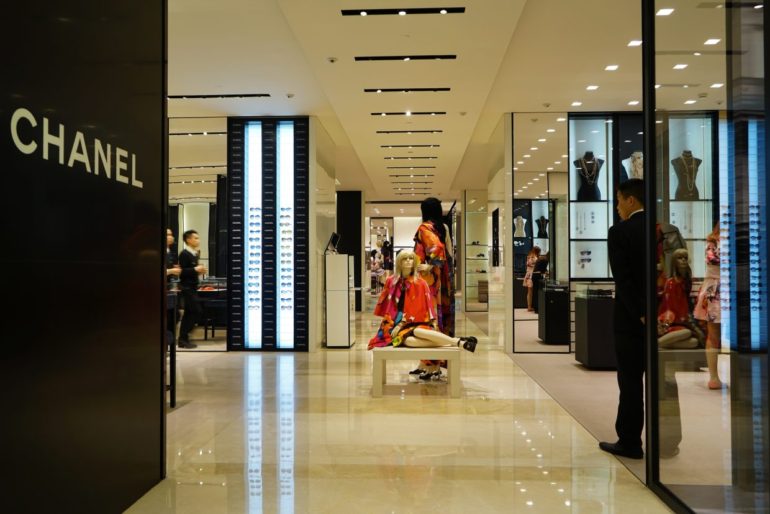Even as China’s luxury market growth re-emerges into positive territory after two years of recession, 2016 marks the first time in history that Chinese consumers contributed less to global luxury sales than they did the year before, according to Bain & Company’s annual industry “Bain Luxury Study” report.
In 2015, Bain & Company reported a 2 percent decline for China’s luxury market, as consumers mostly spent their money on luxury products overseas. The new report says that this market is growing again after Bain reported in May this year that it would be up 2 percent.
Despite this increase in purchases by Chinese consumers in the country’s domestic luxury market, strong local spending does not make up for decreased spending overseas. China’s overall contribution to the global market was reduced to 30 percent in 2016, a drop of one percentage point from the year before, the report shows.
Driving local consumption
For the past few years, Chinese consumers have shown great enthusiasm in making their luxury purchases abroad, causing cross-border shopping (haitao) and the daigou market to boom. However, the daigou market has shown signs of contraction since earlier this year after the Ministry of Finance, General Administration of Customs, and State Administration of Taxation jointly issued a new regulation to impose higher tariffs and stricter customs control on cross-border shipping in April.
SEE ALSO: Are low spending Chinese shoppers a new normal?
Meanwhile, the depreciation of the Chinese yuan also hurts people’s interests in purchasing luxury goods abroad. The value of the currency has dropped more than four percent since the beginning of 2016.
This new “spending at home” pattern by Chinese luxury consumers calls for adjustment of the business strategy of global luxury brands operating in China. As a result, many brands, including Chanel, Cartier, and TAG Heuer, have narrowed their products’ price difference between the mainland and abroad this year and in 2015.
Luxury market maturation
“The luxury market has reached a maturation point. Brands can no longer rely on low-hanging fruit. Instead, they really need to implement differentiating strategies to succeed going forward,” said Claudia D’Arpizio, a Bain partner in Milan and lead author of the study. The need to differentiate strategies has become highly important in China’s market nowadays.
Before President Xi Jinping’s anti-graft campaign, the yearly red-hot double-digit luxury market expansion seemed to promise success for any global brand that entered China. But in recent years, that has no longer been the case. “We are already starting to see clear polarization when it comes to performance with winners and losers emerging across product categories and segments,“ she added.
Chinese shopping abroad
However, Chinese consumers’ overseas purchasing power remains highly significant to many countries. This year, countries such as South Korea, Singapore, Thailand, and Malaysia are expected to benefit greatly from the flow of Chinese tourists.
SEE ALSO: Younger Chinese dominate South Korean duty-free spend
Bain & Company estimates South Korea’s luxury market will go up 13 percent at constant, or rise 9 percent at current exchange rates, recovering from the MERS outbreak last year. Singapore especially attracts spending from China’s Tier 2 and 3 cities. But the Hong Kong and Macau markets will decline 15 percent at constant exchange rates, or down 16 percent at current, as mainland shoppers continue to shun tourism there.
The performance of the European luxury market is also bumpy amid geopolitical uncertainty and terrorism that had led to the decrease of overseas contribution by Chinese luxury buyers this year. The market hit 1 percent growth at constant rates riding on the rebound of local spending.
Over the longer term, Bain & Company still thinks of China as a leading contributor to global personal luxury goods consumption, due in large part to its growing middle class. Bain’s advice to luxury brands for getting a piece of pie in this transformative market is to “adapt their business and take an omnichannel, customer-centric approach.”
(Source: Jing Daily)




